Every organization needs a reliable deployment tool to flourish in the current digital landscape. Your productivity, efficiency, and success, all might be significantly impacted by your choice of software deployment technology, whether you're a startup or a huge corporation.
This article will examine the top 5 software deployment tools, their features, and distinguishing qualities. Furthermore, If you're looking for the greatest PDF editor for your company, UPDF is the answer. UPDF is available to assist you with altering annotations, organizing, converting, and securing all of your PDF files.
Let's examine these top five software deployment tools together with UPDF's remarkable features.
Part 1: What is Software Deployment
The process of developing software applications for specific uses is mostly covered by software deployment. It entails tasks such as installing, configuring, and testing software before allowing users or systems to utilize it. It can be described as the process of installing software and getting your computer or network up and running efficiently.
The programme must be installed in the devices where it will be utilized. This approach guarantees that the programme is successfully installed, configured, and prepared for usage by end users. Software deployment also involves maintaining it functional and distributing updates for it.
To sum it all up, getting software into users' hands, ensuring its functionality, and keeping it up to date all depend on software deployment.
Part 2: Advantages of Software Deployment
Software deployment comes with a wide range of benefits. Some of them are listed below:
- Easy Installation: A straightforward and trouble-free installation process is ensured through software deployment. It streamlines the setup procedures, making them time-efficient and cutting down the work needed to get the software working.
- Efficient Updates: Software deployment enables speedy and effective upgrades. New versions with bug fixes, speed enhancements, and new features may be released by developers and swiftly downloaded and installed on customers' devices.
- Enhanced System Reliability: Proper software deployment ensures that the application runs reliably and consistently. It helps eliminate compatibility issues and conflicts, providing a stable environment for the software to operate.
- Reduced Downtime: Deploying software in a well-organized manner minimizes system downtime during the installation or update process. This helps maintain productivity by keeping applications available and accessible.
- Improved Security: Deploying software allows for the implementation of security patches and updates promptly. It helps address vulnerabilities and protects against potential cyber threats, ensuring data and system security.
Part 3: What is the Software Deployment Process
The process of moving software applications or upgrades from development to production settings is referred to by the term, the software deployment process. It includes all of the planning, preparation, and implementation required to get the programme out there for users.
The process typically takes the following approach:
- Planning: Defining the deployment's dimension, identifying the target environment, and developing a deployment strategy accordingly, are all part of this phase.
- Development: The deployment artifacts, such as the software package, installation guidelines, and configuration files, are generated in this step.
- Testing: In this stage, the deployment artifacts are tested to make sure they are functional.
- Deployment: This stage involves setting up the application and installing the software package on the intended audience.
- Monitoring: In this last phase, the application is monitored to ensure that it is performing as intended.
Through the deployment procedure, the software upgrades are effectively distributed to consumers. It makes sure there are no interruptions, the program is dependable, and guarantees effective functioning.
Part 4: Top 5 Software Deployment Tools
In this section, we will discuss the top 5 software deployment tools that are widely recognized for their features, popularity, and user satisfaction.
1. Google Cloud Deployment Manager
Google Cloud Deployment Manager is a powerful software deployment service offered by Google Cloud Platform (GCP). It provides process automation and status reporting capabilities, making it easier to manage and track the deployment of software applications. With Google Cloud Deployment Manager, you can create template-based rollout plans, enabling repeatable and consistent installation scripts for your deployments. The service allows you to test the deployment process and schedule bulk rollouts during off-peak hours, ensuring efficient and seamless deployment.
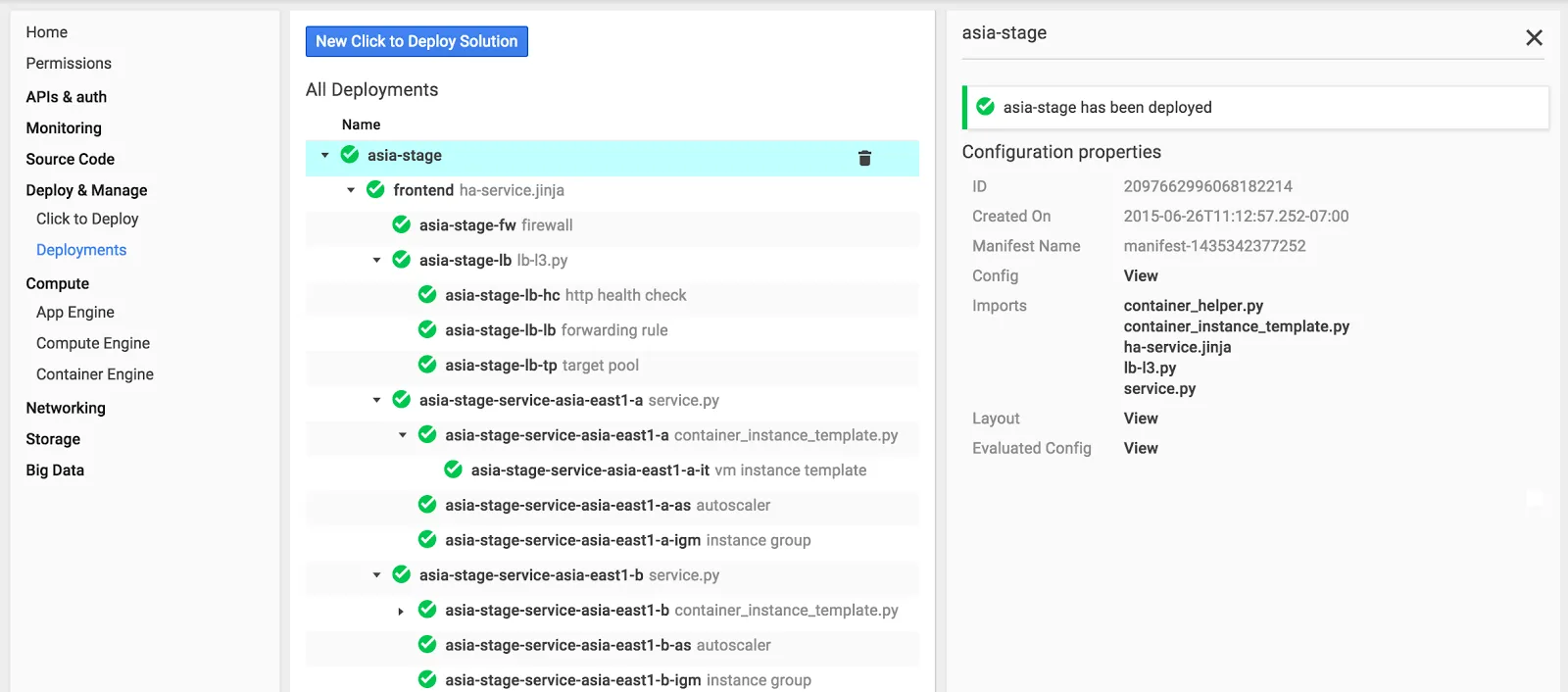
Pros:
- Highly flexible platform: Google Cloud Deployment Manager offers great flexibility in creating and managing multiple deployment templates, allowing for customized and scalable deployments.
- Deployment testing: The service allows you to test your deployments before launching them, ensuring smooth and error-free rollouts.
- Works with Google Cloud virtual machines: If you are already using Google Cloud virtual machines, Google Cloud Deployment Manager integrates well with them, providing a seamless deployment experience.
- Cost-effective for GCP users: If you are deploying software on GCP virtual machines, the deployment service is available for free, making it a cost-effective choice for GCP users.
2. Octopus Deploy
With Octopus Deploy, organizations can streamline their software deployment processes, ensuring efficient and reliable releases across various platforms. This powerful tool automates the entire deployment pipeline, from building and packaging software to orchestrating the deployment process itself. It offers extensive support for a wide range of platforms, including cloud-based infrastructure, on-premises servers, and containers. Octopus Deploy provides a user-friendly interface that allows teams to manage and monitor deployments, track release versions, and roll back changes if necessary. Its robust features and flexibility make it an indispensable tool for software development teams seeking to optimize their deployment workflows.
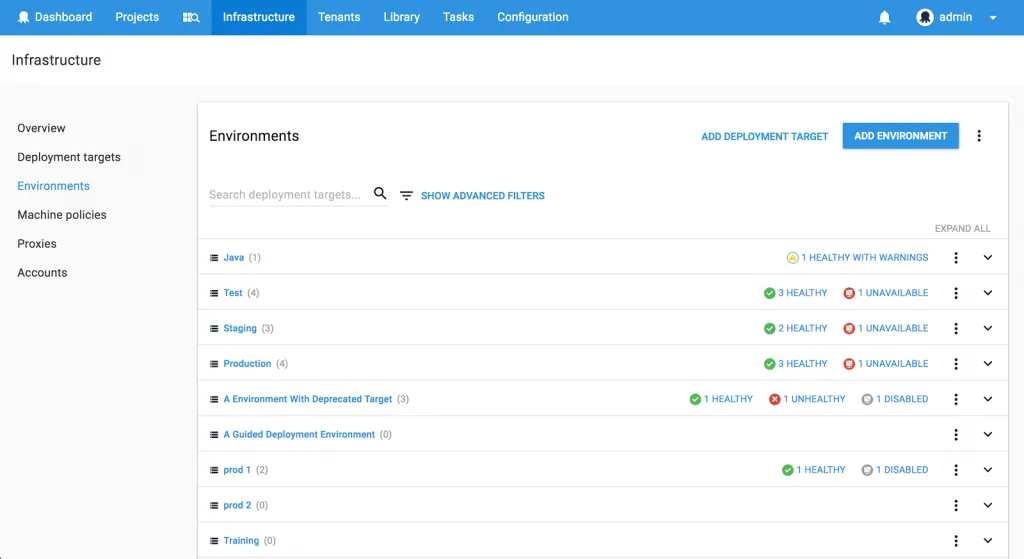
Pros:
- Reliable and Risk-Free Deployments: Octopus Deploy ensures dependable deployments with built-in rollback capabilities, maintaining confidence in the process's success across all environments.
- Container-Friendly: Octopus Deploy simplifies container deployments with an intuitive interface, making it easier to deploy applications to container services like Kubernetes.
- Action Templates and Release Management: Octopus Deploy offers customizable software rollouts through its action templates, facilitating efficient release management and dependency management.
- Multi-Tenant Features: Octopus Deploy caters to Managed Service Providers (MSPs) with its multi-tenant capabilities, enabling efficient management of software across client accounts.
3. TeamCity
TeamCity is a powerful and feature-rich continuous integration and software deployment server that aims to optimize the development and deployment processes. It provides developers with a wide range of tools and functionalities to enhance team collaboration, efficiency, and the overall quality of software delivery.
With TeamCity, teams can automate various stages of the software development lifecycle, including building, testing, and deployment. It supports multiple version control systems and seamlessly integrates with popular tools and frameworks, allowing for a smooth and streamlined development workflow.
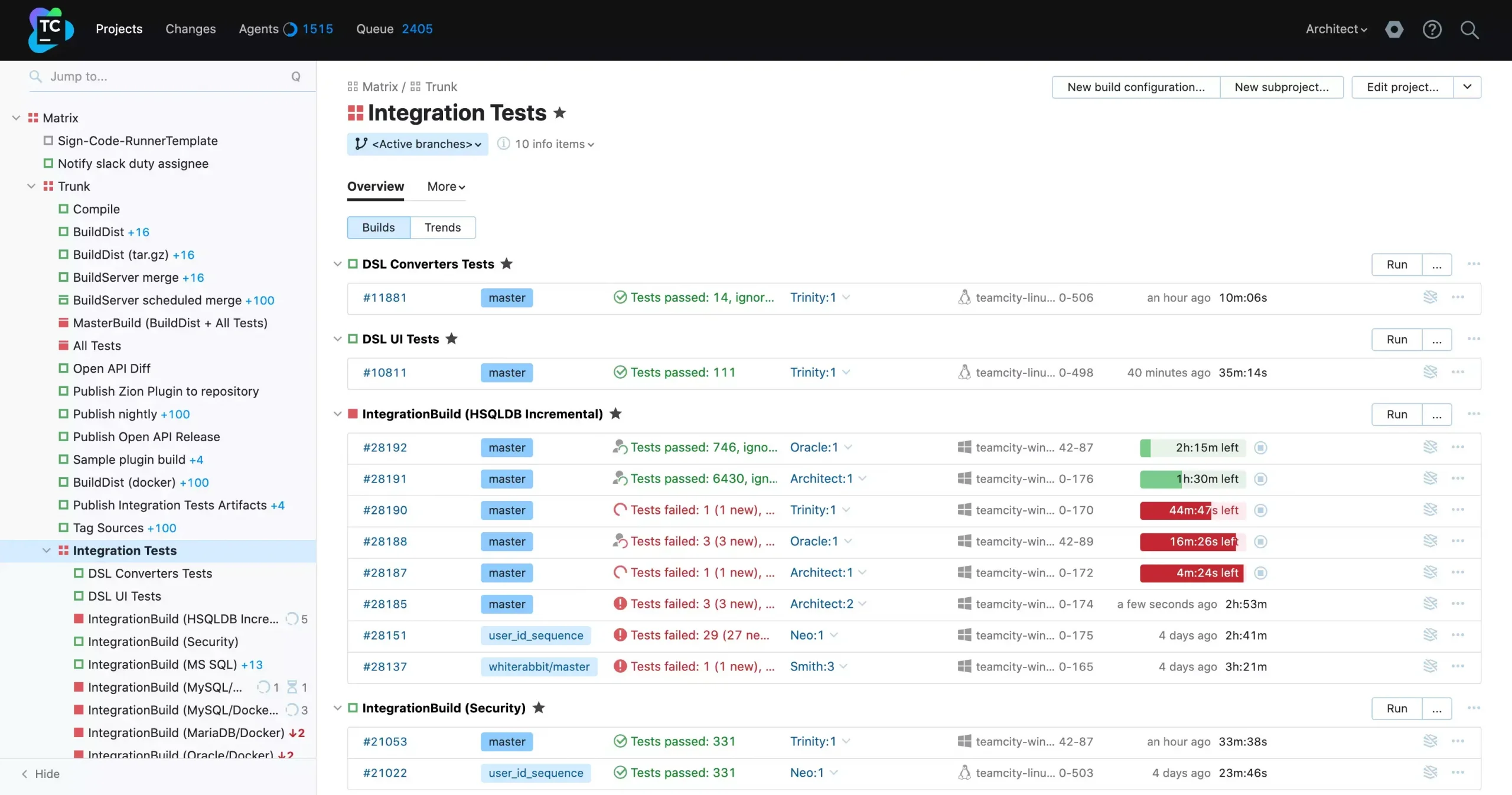
Pros:
- Developer-Focused Features: TeamCity offers a set of features tailored to developers, supporting Continuous Integration and Continuous Deployment. It includes full GitLab support for efficient version control and collaboration.
- Easy Configuration and Management: TeamCity simplifies build process configuration and management. It allows the creation of templates, the inheritance of build configurations, and the establishment of project hierarchies.
- Extensibility and Integration: TeamCity integrates with third-party tools without the need for plugins or modifications. It offers customization options and can be extended to meet specific requirements.
4. Jenkins
Jenkins is a versatile and widely-used open-source software development and deployment system. It offers an extensive range of features and customization options to meet the specific needs of businesses. With its plugin ecosystem, Jenkins allows integration with various tools and technologies, enabling efficient workflows and automation. It excels in continuous integration and deployment, facilitating faster feedback loops and shorter release cycles. It supports various operating systems, including Windows, Linux, macOS, and Unix.
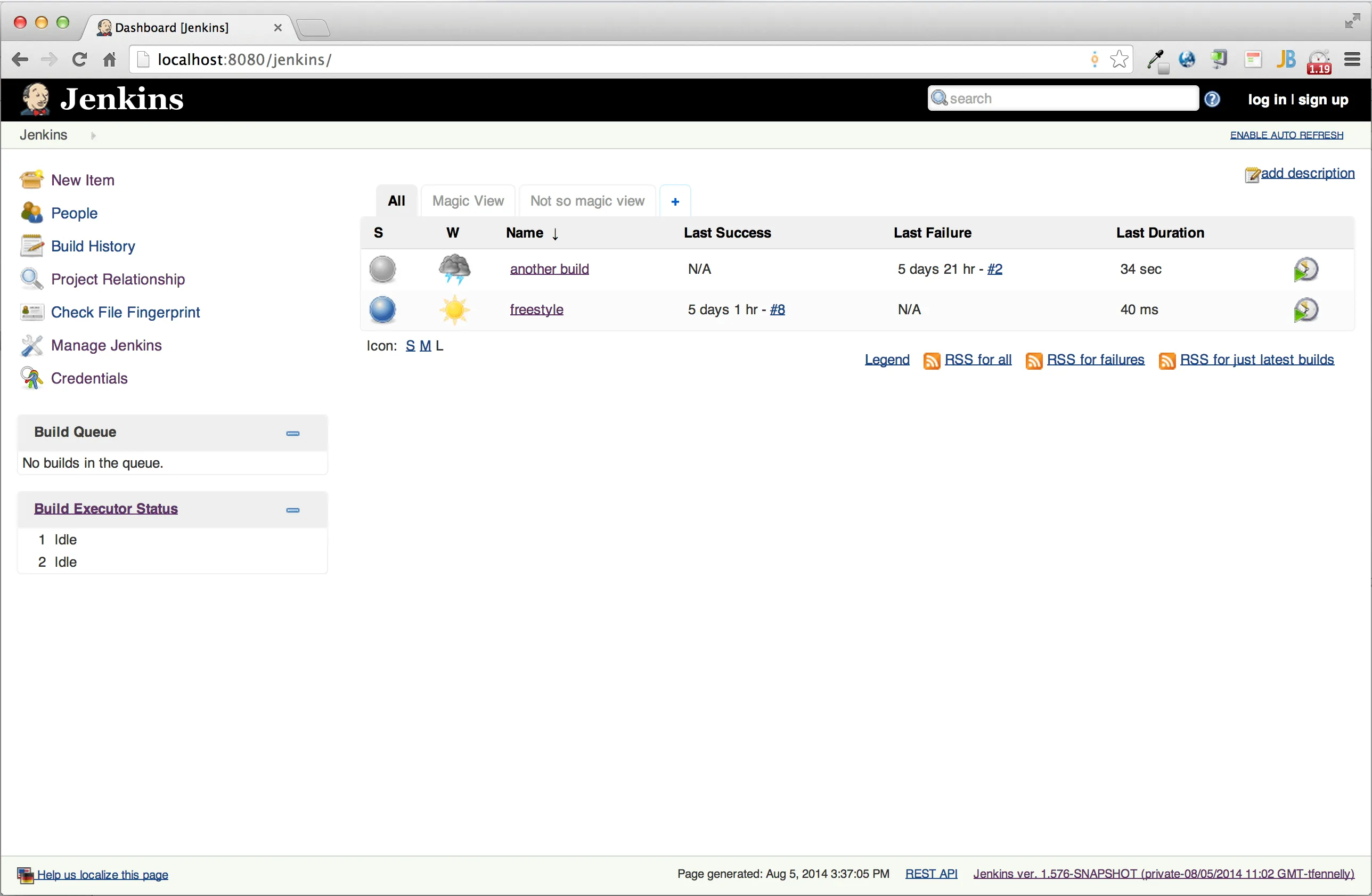
Pros:
- Plugin Extensibility: Jenkins offers an extensive library of plugins, enabling integration with various tools and technologies for tailored workflows and automation.
- CI/CD Capabilities: Jenkins excels in continuous integration and deployment, automating building, testing, and application deployment processes to achieve faster feedback and shorter release cycles.
- Cross-Platform Compatibility: Jenkins is compatible with Windows, Linux, macOS, and Unix, ensuring flexibility and scalability across different operating systems.
- Easy Configuration: Jenkins features a user-friendly web interface for easy setup, including on-the-fly error checks and built-in help, reducing the learning curve.
5. Bamboo
Bamboo is a powerful software deployment system bundled with a comprehensive software development management tool. It serves as a complete solution for managing the building, testing, and rollout of software, making it an ideal choice for businesses that develop their own applications in-house. Bamboo is part of the Atlassian suite of development project management tools, designed to streamline the software development process and enable efficient continuous integration and deployment (CI/CD) pipelines.
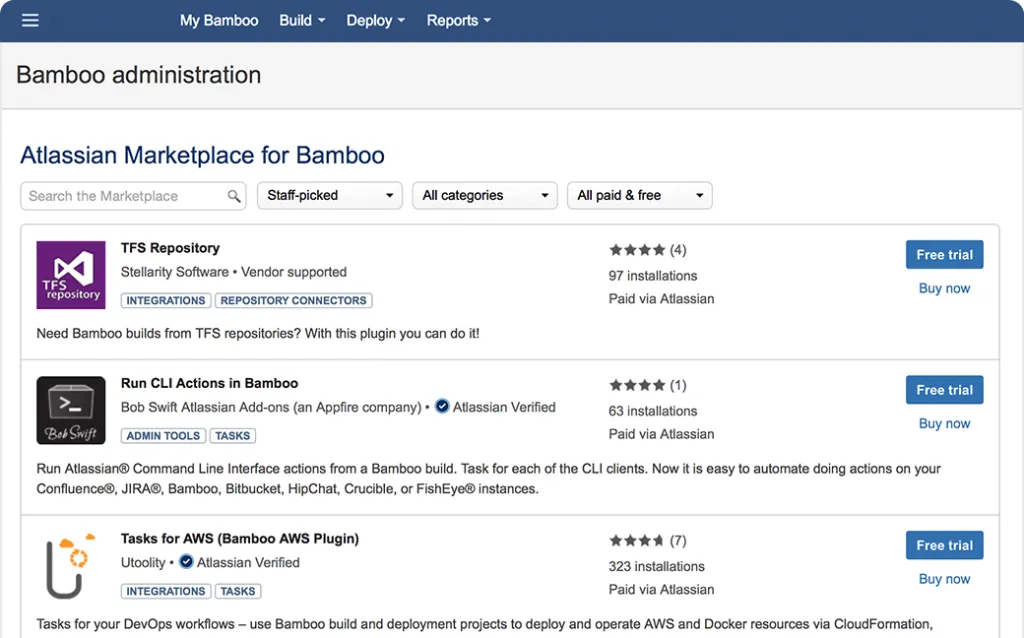
Pros:
- Extensive Customization Options: Bamboo offers numerous customization features, allowing software development teams to tailor their workflows according to their specific requirements. This flexibility enhances productivity and adaptability.
- Prebuilt Deployment Module: Bamboo includes a prebuilt deployment module that simplifies deployment. It provides ready-to-use functionalities and saves development time, ensuring smooth and efficient software releases.
- Easy Integrations: Bamboo integrates easily with popular tools like Jira, Bitbucket, AWS CodeDeploy, and more. This integration enables a seamless experience across various stages of software development, fostering collaboration and improving overall efficiency.
Part 5: The Best PDF Editor for Enterprise - UPDF (Deploy Support)
Are you looking for the ultimate PDF editor for your enterprise? Look no further than UPDF with its exceptional deployment support. UPDF Enterprise Solution offers a comprehensive package that revolutionizes document management for businesses of all sizes.
Windows • macOS • iOS • Android 100% secure
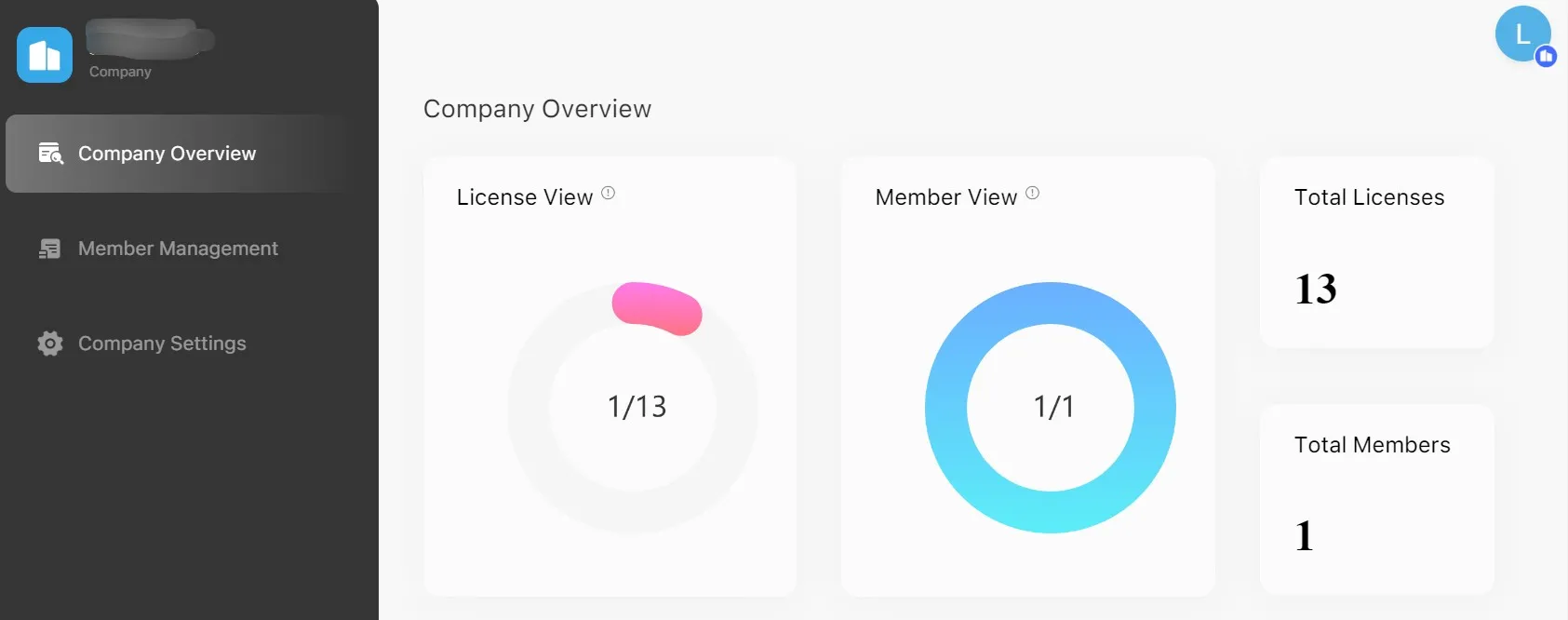
If you want to deploy UPDF software, feel free to reach out to our sales team, and we will gladly assist you with customization services.
Benefits of using UPDF for your enterprise:
- Enhanced Collaboration: With UPDF, teams can collaborate efficiently by sharing and reviewing PDF documents, making it easy to collaborate on projects and streamline workflows.
- Advanced Document Management: UPDF provides comprehensive document management capabilities, allowing you to organize, categorize, and search for PDF files effortlessly.
- Enterprise Management Dashboard: UPDF provides a centralized dashboard for efficient license and member management, streamlining virtual asset control within your organization.
- Flexible License Management: UPDF's Enterprise Plan simplifies license assignment and authorization control, ensuring the right access for every user involved in your document management processes.
- Robust Security: UPDF prioritizes document security with features such as password protection, encryption, and electronic signatures, ensuring your sensitive information remains confidential.
- Editing and Annotation: UPDF offers a wide range of editing and annotation tools, allowing you to make changes, add comments, highlight text, and more, all within the PDF editor.
Experience the power of a reliable and feature-rich PDF editor tailored to your enterprise requirements.
Conclusion
To simplify the process of deployment in your company, having the right software deployment tool is very important. In this article, we discussed the advantages and process of software deployment Process and the top 5 software deployment tools along with their pros and cons.
But for your enterprise, if you're seeking out the best software of all UPDF shines out as the best PDF editor for your enterprise. UPDF is a great solution for all your editing requirements as it has rich features and a friendly UI. It's just like your personal assistant.
So what are you waiting for? Start using UPDF today. Take your company to new heights and simplify your document management with UPDF.
Windows • macOS • iOS • Android 100% secure
 UPDF
UPDF
 UPDF for Windows
UPDF for Windows UPDF for Mac
UPDF for Mac UPDF for iPhone/iPad
UPDF for iPhone/iPad UPDF for Android
UPDF for Android UPDF AI Online
UPDF AI Online UPDF Sign
UPDF Sign Edit PDF
Edit PDF Annotate PDF
Annotate PDF Create PDF
Create PDF PDF Form
PDF Form Edit links
Edit links Convert PDF
Convert PDF OCR
OCR PDF to Word
PDF to Word PDF to Image
PDF to Image PDF to Excel
PDF to Excel Organize PDF
Organize PDF Merge PDF
Merge PDF Split PDF
Split PDF Crop PDF
Crop PDF Rotate PDF
Rotate PDF Protect PDF
Protect PDF Sign PDF
Sign PDF Redact PDF
Redact PDF Sanitize PDF
Sanitize PDF Remove Security
Remove Security Read PDF
Read PDF UPDF Cloud
UPDF Cloud Compress PDF
Compress PDF Print PDF
Print PDF Batch Process
Batch Process About UPDF AI
About UPDF AI UPDF AI Solutions
UPDF AI Solutions AI User Guide
AI User Guide FAQ about UPDF AI
FAQ about UPDF AI Summarize PDF
Summarize PDF Translate PDF
Translate PDF Chat with PDF
Chat with PDF Chat with AI
Chat with AI Chat with image
Chat with image PDF to Mind Map
PDF to Mind Map Explain PDF
Explain PDF Scholar Research
Scholar Research Paper Search
Paper Search AI Proofreader
AI Proofreader AI Writer
AI Writer AI Homework Helper
AI Homework Helper AI Quiz Generator
AI Quiz Generator AI Math Solver
AI Math Solver PDF to Word
PDF to Word PDF to Excel
PDF to Excel PDF to PowerPoint
PDF to PowerPoint User Guide
User Guide UPDF Tricks
UPDF Tricks FAQs
FAQs UPDF Reviews
UPDF Reviews Download Center
Download Center Blog
Blog Newsroom
Newsroom Tech Spec
Tech Spec Updates
Updates UPDF vs. Adobe Acrobat
UPDF vs. Adobe Acrobat UPDF vs. Foxit
UPDF vs. Foxit UPDF vs. PDF Expert
UPDF vs. PDF Expert








 Engelbert White
Engelbert White 
